-James Gordon-
Welcome back to another Introduction to Hydroponics blog! Today we are going to look at the different types of lighting best suited for indoor cultivation. With lights in the past there have not been as many options as there are today, and picking a light can be a little tricky now. Let’s look at all the different types, what they are best suited for, and when to use them. So let’s keep an open mind, maybe take some notes, and hopefully this will be a good tool to reference.
Let’s start with the basics. Fluorescent lighting is one of the easiest, most reliable, and extremely plant-friendly ways to go about indoor gardening. At our Fifth Season stores and website you can find a large assortment of fluorescent lights. There are options from small single-tube lights that can help with plant starts, up to a large multi-bulb fixture that can take on an entire indoor garden that fits under its lighting footprint. This type of light runs cool enough to bring as close to the plants as you want with minimal to no damage done to plants.
Along with being reliable, fluorescents are also versatile, with the ability to change out the bulbs when needed, as well as the ability to use different spectrum bulbs. This allows you to use both “vegetative bulbs” more suited to plant starts and leafy greens and “bloom bulbs” for mid to late season blooming and flowering plants that need more red in their spectrum. For specialty plants that need say a UV-heavy spectrum to grow, we have UV bulbs for that occasion as well. Another versatile feature of fluorescents is that you can change the tube bulbs out for LED replacement bulbs. We have all different size bulbs and types made for Fluorescent fixtures available in store and on our web store.
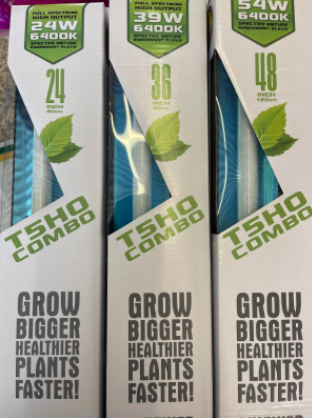

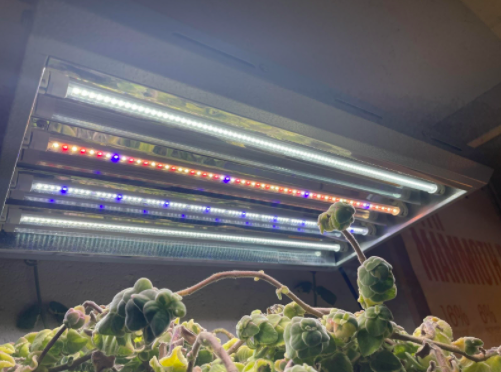

Next up is HID or High Intensity Discharge lighting. HID covers several other types of lights all with their own acronyms. The king of indoor lighting is the HPS or High Pressure Sodium. It has the best track record for indoor horticulture due to the fact that it has a very powerful light output that is more in the Red spectrum which helps plants grow taller and ripen in the fruit and flower stages. You can grow inside from seed to harvest with this light, but it does the best hanging high above plants during flower period. The other powerhouse is MH or Metal Halide. This is like the HPS except that it has more Blue spectrum in it which keeps plants shorter and bushier. It’s meant more for the vegetative period of growth, but like the HPS, it can also be used from seed to harvest.
Last up CMH or Ceramic Metal Halide. Now this light does not use as much power as most HPS or MH but it produces heat just like them and is very powerful, so hanging it high is a good approach as well as countering the heat during warmer months just like you would for the other HID lights. CMH is different from the others because it can use different spectrums by switching out the bulbs. So it can do more Red, Blue, or any other spectrum that CMH bulbs provide. All the HID bulbs are replaceable, and some are interchangeable depending on what one you choose. The different fixtures and bulbs can be found in our stores and web store.
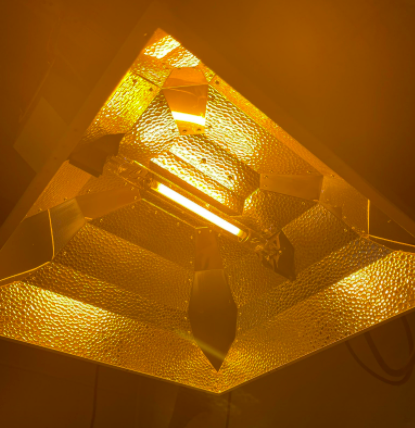
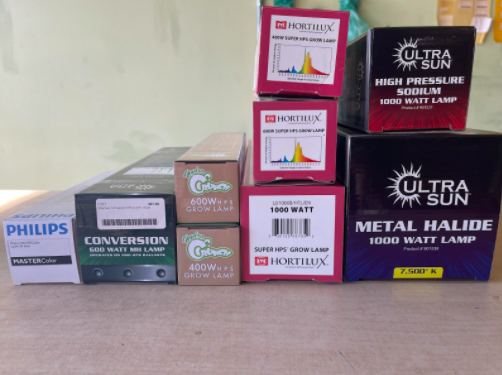
Now for the new kid on the block. LED or Light-Emitting Diode. The LED is not a bulb and cannot be swapped out or changed like the other fixtures. It uses much less power and puts off very little heat. So those two things alone make them extremely attractive to indoor cultivation. Now a lot of LED companies claim to be “Full Spectrum”. This unfortunately is just not true. Just like their predecessors, each light has more of one color than another. So yes, it has multiple spectra, but it will have more of a certain one than the rest and that determines what kind of light it is and what it is better suited for in growth periods. Now there are LEDs that are adding multiple spectrums that can be turned on and off at certain times either manually or automatically depending on what technology you have. That is called spectrum tuning and is very very new and still having the bugs worked out of it by many companies. So in the meantime, to keep this simple, we will be focusing on LED’s that are for a specific purpose.
As stated, we have LED Fluorescent bulbs if you want to upgrade to LED but don’t want to waste your Fluorescent fixtures. Also in our stores and webstore are normal incandescent screw in bulbs that are LED as well. Having the replacement LED for other fixtures gives you the opportunity to save on HVAC and power consumption. This is true for all LED fixtures as well. That being said, most LED fixtures will cost a little more up front, but most LED have great warranties and do not require lights to be swapped out of fixtures due to the fact they last so long. LED is the future of horticulture so much that in some states currently they have mandates to end the use of HID and Fluorescent fixtures due to the energy they consume and waste they produce. LEDs can be raised up high or brought right down on the plants depending on if you have an adjustable power setting, but most can be brought very low to the plant since they run cool. Just watch out for over exposure to light because again the LED lights are intense even though they run cool and take less power.
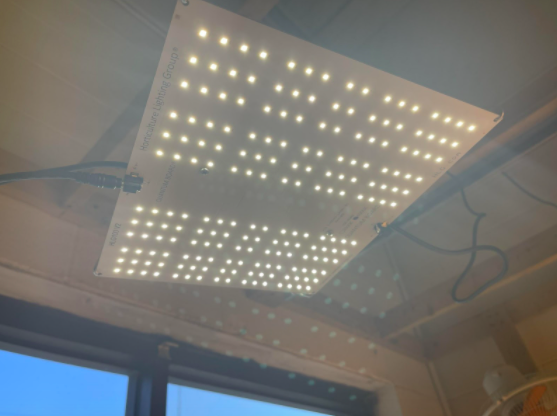
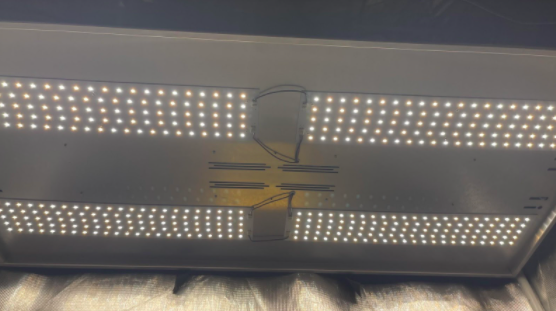
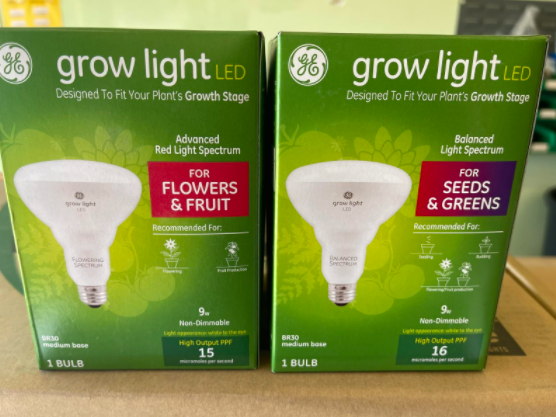
I hope this all has been fun and informative for you! If you have any questions on Lighting or Spectrum, please give us a call or stop by one of our locations. We LOVE to talk indoor gardening. Thank you for reading our blog and hope you have a great time gardening with us!

Leave a Reply